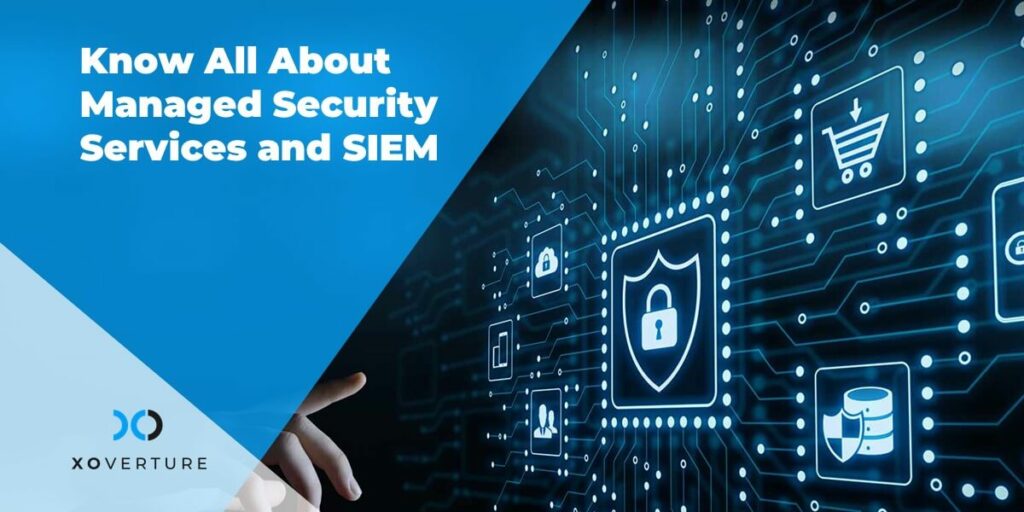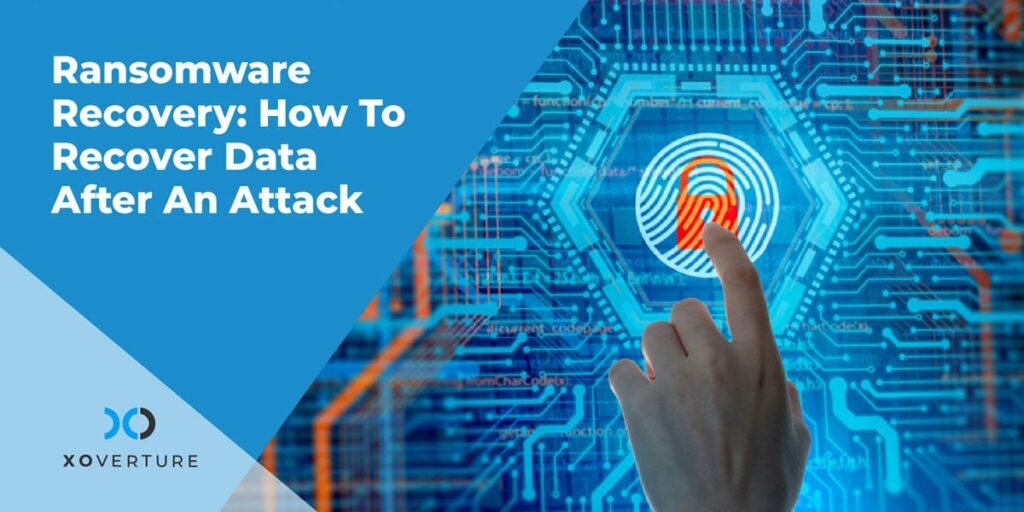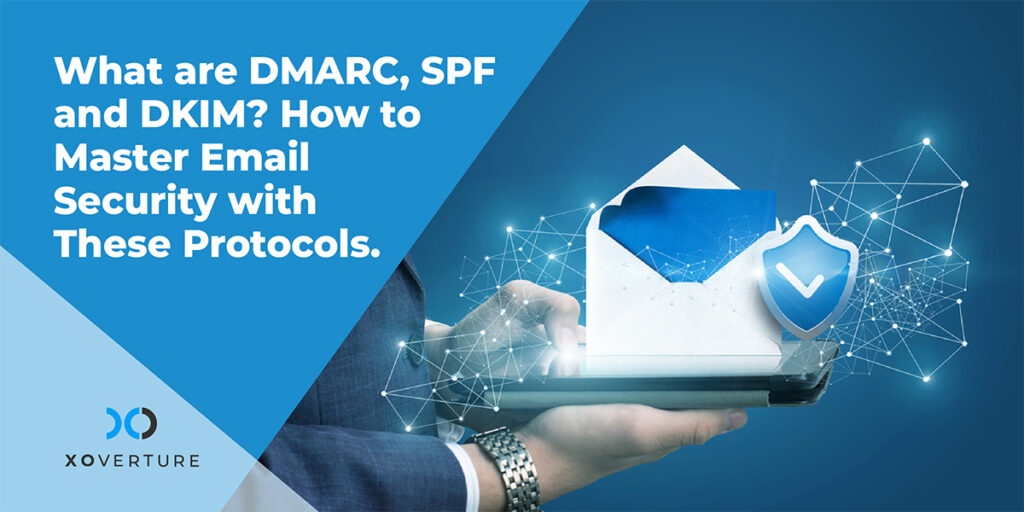“For modern businesses, incidents involving cyber security are a persistent concern. If your organization is looking for cybersecurity solutions to prevent data breaches, cyber-attacks, and a variety of other security-related challenges, there are several comprehensive solutions to consider.”
One such comprehensive solution is SIEM (Security Information and Event Management), which can be used both independently and integrated. Other than SIEM, there are other managed security services to weigh in while looking for security solutions; MSSP (Managed Security Service Provider) is an option that can be essentially considered.
Considering cyber security concerns for your organization, knowing the difference between SIEM Service and MSSP is crucial. While comparing SIEM with Managed Security Services, it is important to consider certain factors about the organization, like any potential pain points, specific gaps you need to alter, and the existing IT infrastructure of the company. The protective factors and costs of the security services should also be evaluated to determine wisely which service will suit your organization best.
Managed Security Services
MSSP is the antecedent of MDR (Managed Detection and Response), an IT cybersecurity service that helps detect prowlers, malware, and malicious activity on your network and responds quickly to eliminate and alleviate these threats.
The Managed Security Service Provider (MSSP) monitors the network for safety events. MSSP notifies in the event of a suspicious event or network glitch. Some MSSPs provide virus protection and firewall management services, while some do not investigate cybersecurity threats. In this case, the organization is responsible to mitigate cybersecurity incidents.
MSSPs are useful for organizations that want third parties to monitor network incidents but prefer to eliminate false positives, respond to incidents, and conduct investigations in-house.
Since there are numerous enterprises with sensitive data that require robust and extensive coverage, many MSSPs offer advanced services such as MDR and Security Incident and Event Management (SIEM).
When you hire an MSSP to perform these functions, a team of security experts monitors endpoints conducts malware investigations and responds to potentially malicious incidents. MDR and SIEM are used in a single security system operated by MSSP.
SIEM
Security Information and Event Management (SIEM) refers to a range of products and services, from pure technology solutions, technologies with management, to handling and alerting of managed IT events. SIEM solutions combine data about network traffic and events from multiple sources, correlate that data with each other, and highlight items that need further investigation. The management part ranges from operating the technology as outsourced management to notifying incidents that need to be investigated as a lighter MSSP.
SIEM is a product, but MSSP provides a service. They can exist separately from each other. For example, an enterprise can use SIEM as part of its internal security precautions, or MSSP can theoretically choose to serve without SIEM technology.
However, if you combine these two useful elements (MSSP and SIEM), you will find a much more effective cybersecurity measure. Given SIEM’s intrinsic value for work, more and more MSSPs are trying to use SIEM as part of their overall customer offering.
How Managed Security Services Are Different From SIEM?
Managed Security Services | SIEM |
| MSSPs are ideal for organizations looking for a third party to handle their basic detective controls that do not have sensitive data (payment records, health records, intellectual property, etc.). | Security information and event management include a variety of products and services, but most of the time the focus is on collecting data from network traffic and events. SIEM gathers data from multiple sources, elicits correlations, and underlines events that need to be investigated. |
| MSSP helps you focus on your investigation work, but it’s up to you to carry out the actual investigation, eliminate false positives, and prepare for incident response. | SIEM also enhances security technology to monitor and notify you when strange events occur and help determine the best response to an incident. |
| The managed security service provider works in the direction to monitor network security events and send alerts immediately when anomalies are identified. | SIEM can help you meet industry-specific security standards if your company has regulatory or compliance requirements. |
| Some MSSPs also offer a variety of other network services such as virus protection and firewall management. | SIEM is the ideal solution if your company already has an IT security team and wants to add a layer of protection. |
| MSSP analyzes the data represented by the logs to look for anomalies that may or may not pose a threat. | Usually cheaper than MSSP and most effective when your internal team can communicate with security analysts on a regular basis. |
| MSSP also has an established way to notify customers of a real threat and typically provides resolution guidance to help resolve the security issue that led to the threat event. | SIEM serve the organizations that are interested in additional prioritization of investigations and possess vigorous IT security teams; to be effective the technology required a good amount of interaction with analysts. |




